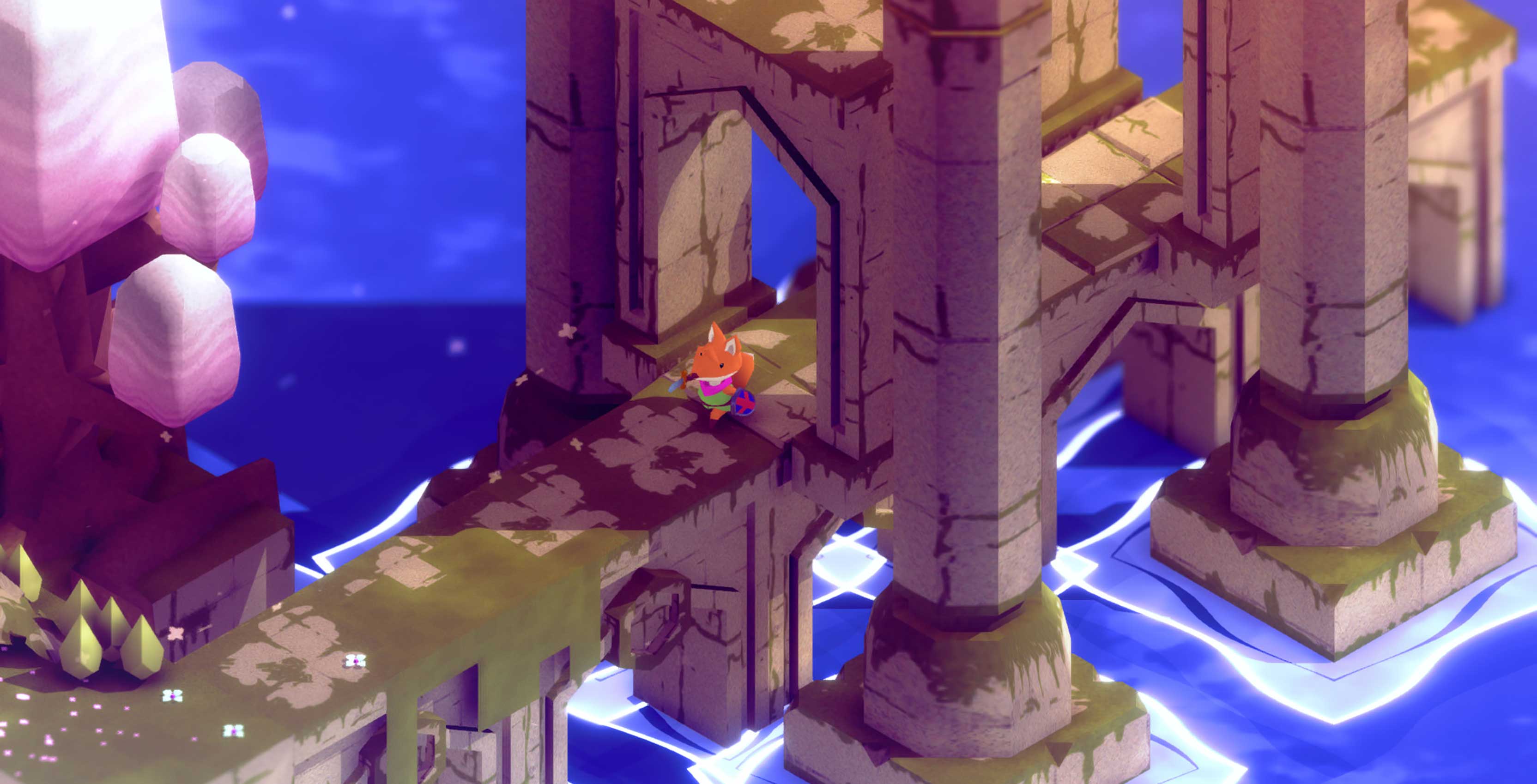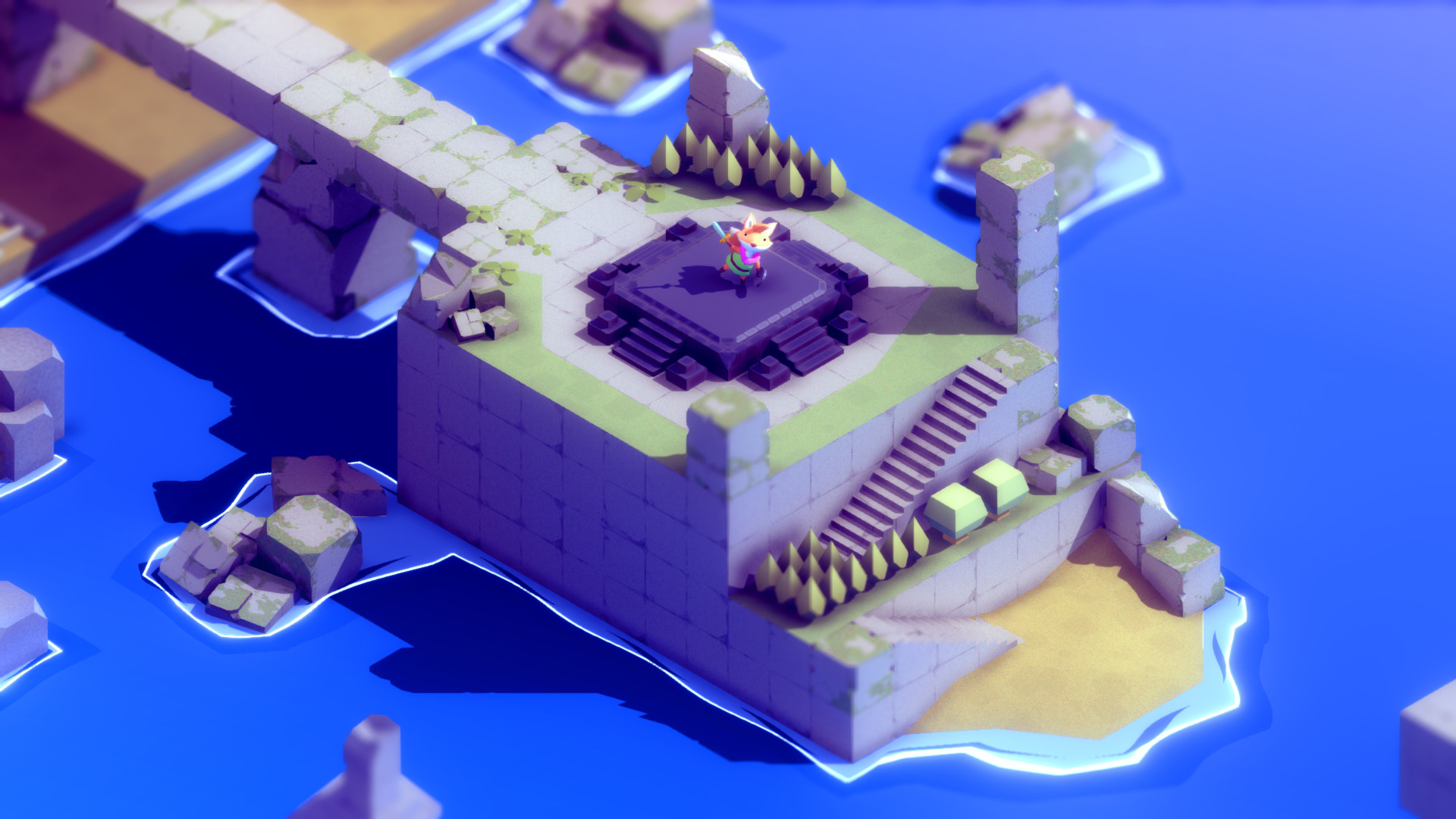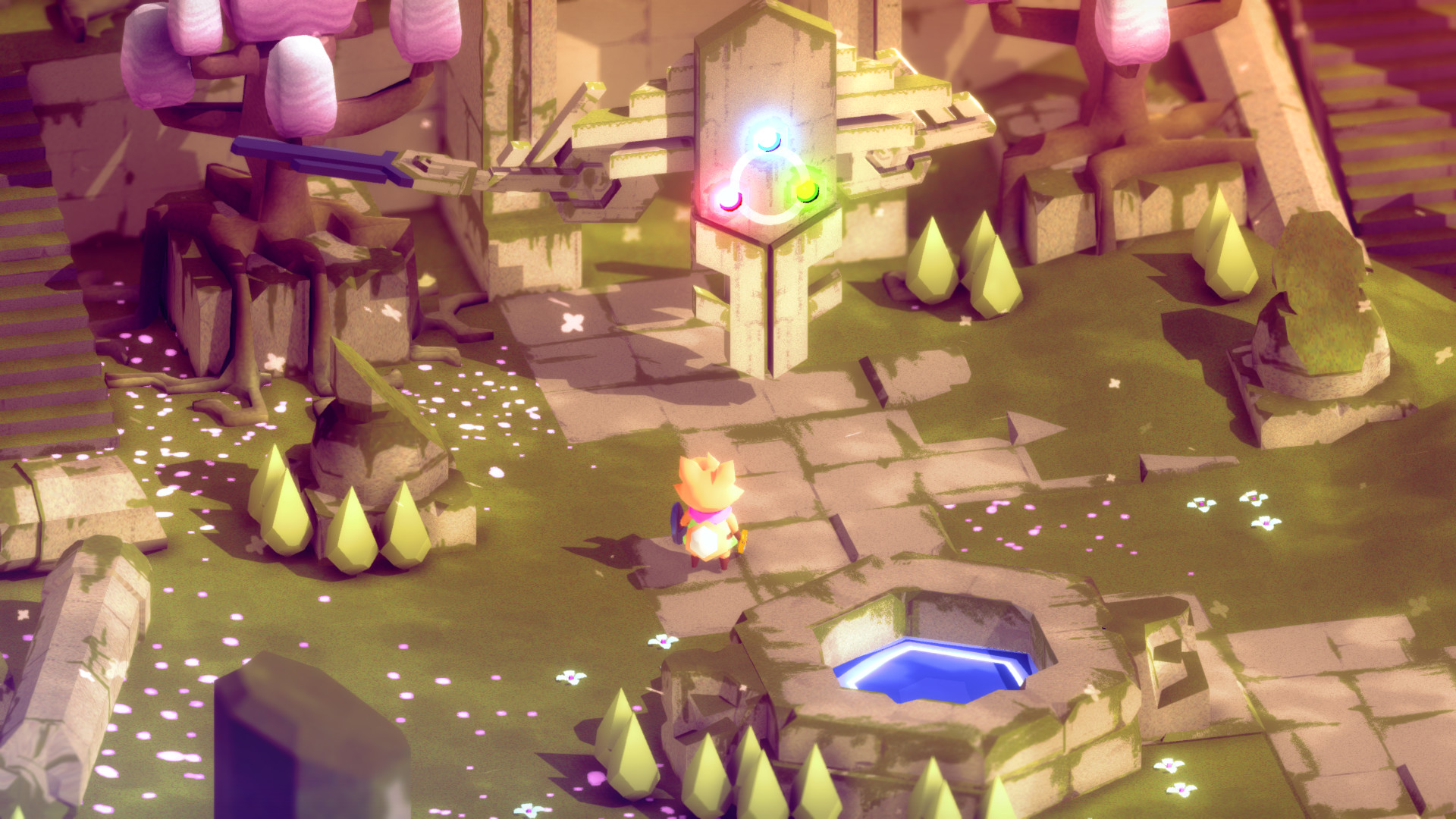
One of the most pleasant surprises to come out of Xbox’s E3 2018 briefing was Tunic, an isometric, The Legend of Zelda-inspired adventure game.
This wasn’t the first time the game was shown off, as it was originally revealed a few years prior under the name of Secret Legend and renamed Tunic at 2017’s PC Gaming Show. However, the Xbox keynote certainly brought significantly more attention to the game.
What’s even more noteworthy about Tunic is that Andrew Shouldice, an indie developer from Halifax, is making the game all by himself.
With all of that said, I was eager to go hands-on with the game at E3 2019, and after playing about 20 minutes of the title, I’m very happy that I did.
To start, the game just oozes charm, with its picturesque world and endearing little heroic fox. Without access to massive, AAA-sized budgets, indie games often opt for a more colourful and minimalistic aesthetic, and Tunic does this to great effect.
In terms of gameplay, Shouldice is very clearly drawing from many years of Zelda games — in particular, the older titles like 1991’s A Link to the Past. Like Zelda, Tunic is about finding the way to progress, whether it’s through obtaining a new item or flipping a certain switch.
In my demo, I washed ashore in a mysterious forest. While walking through the trees, I found all sorts of signage that was written in a foreign, indecipherable language. As such, I couldn’t rely on the game telling me what to do, which was a welcome change of pace from games that go overboard with tutorials.
Eventually, I found a chest containing a twig that I could use to smack enemies with. Tunic uses Zelda‘s Z-targeting style of locking, which lets you stay focused on the enemy while moving around or away from them. You can also roll in various directions.
However, attacking and rolling uses stamina, which is a nice Dark Souls-inspired addition to the Zelda formula and makes combat feel appropriately deeper. Whenever multiple enemies joined the fray, I had to be quite deliberate and precise with my attacks.
Eventually, I got a sword that dealt more damage and let me cut through bushes like Link from Zelda, which was the solution to an early roadblock in my journey. Even with the sword though, I was quickly defeated by the first boss, a large spider-like creature that reminded me of the Guardians from Breath of the Wild. Even though I overheard the demo representative mention a boss was coming up in conversation with someone else, I absolutely wasn’t expecting such a deadly foe.
With my untimely death came the end of my demo and the realization that the beautiful, serene nature of the forest lulled me into a false sense of security. I was impressed by this surprise so early on, and it only further added to my curiosity about what else I might find in the world of Tunic.
Because I only got a short time with the game, I’d be lying if I said I understood everything about it so far. Having said that, this is very much part of the game’s appeal.
As Shouldice has said in previous interviews, the abstract nature of the Tunic’s world is meant to evoke the feeling you’re a stranger in a place you don’t belong. Indeed, while many games attempt to draw you into the world and make you feel like one of its inhabitants, Tunic almost casts you out from the get-go.
This is what makes the game feel fresh — the way the world almost pushes back against you only encouraged me to explore it even more and try to interpret it all in my own way. I’m excited to unravel more of the game’s secrets in the future.
There’s still no word on a release date, with Shouldice missing this year’s E3 to continue toiling away on Tunic back in Halifax. Whenever the game does end up releasing, Tunic will be available on Xbox One, Windows 10 and Mac.
MobileSyrup may earn a commission from purchases made via our links, which helps fund the journalism we provide free on our website. These links do not influence our editorial content. Support us here.





